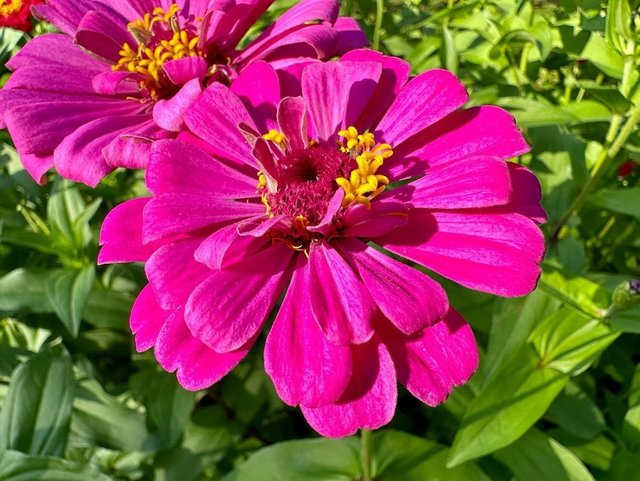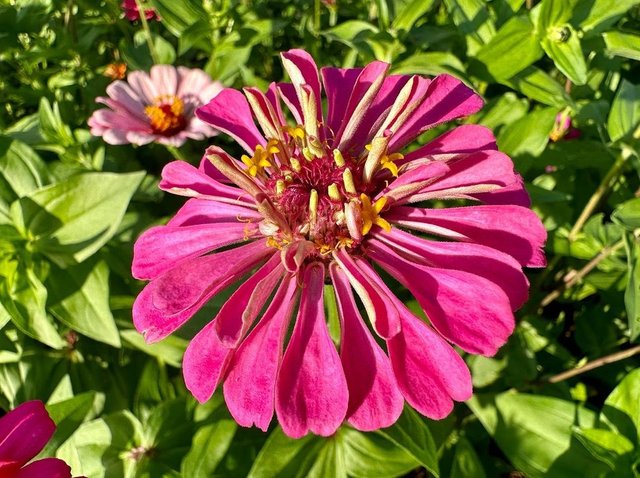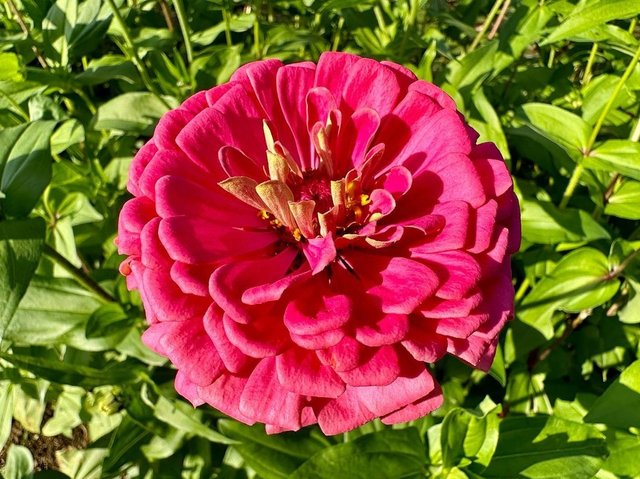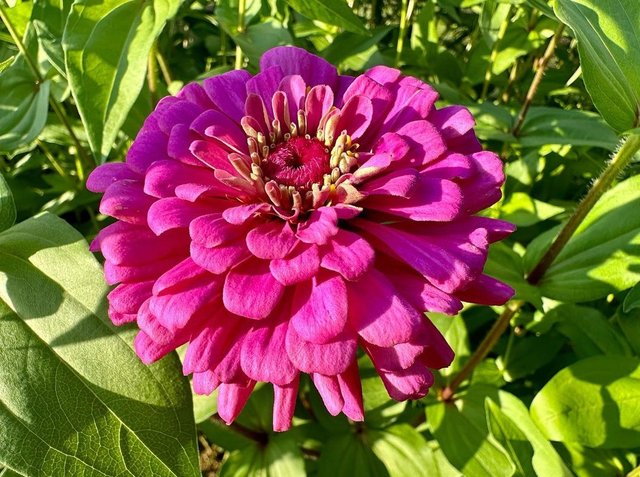Common Zinnia Flower




The common zinnia flower,is a stunning annual plant native to Mexico. Renowned for its vibrant colors and easy cultivation, it has become a favorite in gardens, landscapes, and floral arrangements worldwide. From its rich history to its diverse varieties and cultural significance, the common zinnia captivates enthusiasts and gardeners alike with its charm and beauty.Common zinnias are characterized by their bushy growth habit, reaching heights of up to 3 feet. They produce an abundance of solitary, daisy-like flowers atop sturdy stems. The flower heads range in size from small, compact blooms to large, showy ones, with a wide array of colors including red, orange, yellow, pink, purple, and white. Their foliage is typically lance-shaped and arranged alternately along the stem.
Zinnia has held various cultural meanings and symbolisms. In the language of flowers, it is often associated with thoughts of absent friends, symbolizing remembrance and friendship. In Mexican culture, zinnias are used in traditional Day of the Dead celebrations, adorning altars and graves as offerings to honor deceased loved ones.One of the reasons for the widespread popularity of common zinnias is their ease of cultivation. They thrive in full sunlight and well-drained soil, making them ideal for gardens, borders, and containers. Zinnias are also drought-tolerant once established, although regular watering is recommended to promote healthy growth and prolific flowering. Deadheading spent blooms encourages continuous blooming throughout the growing season.
The common zinnia comes in a plethora of varieties, offering gardeners a wide range of colors, sizes, and flower forms to choose from. Some popular cultivars include the 'Benary's Giant' series, known for its large, double blooms; the 'Profusion' series, prized for its compact growth and abundant flowers; and the 'Thumbelina' series, featuring diminutive plants with small, pom-pom-like blooms.